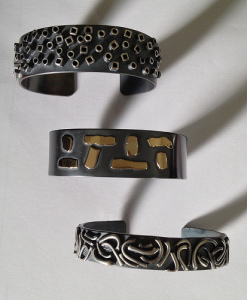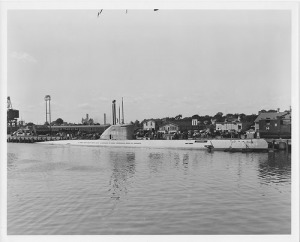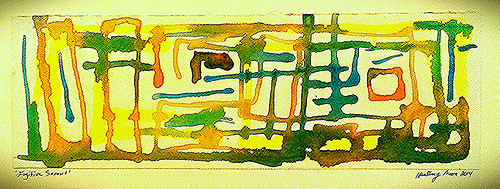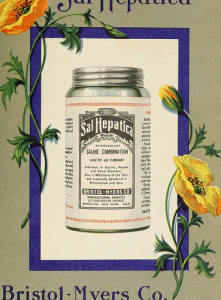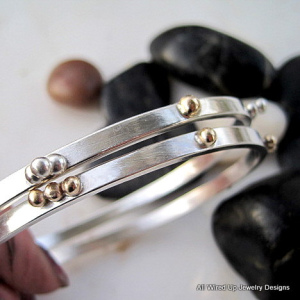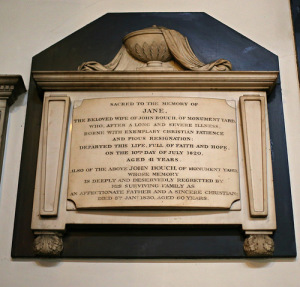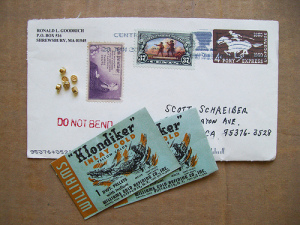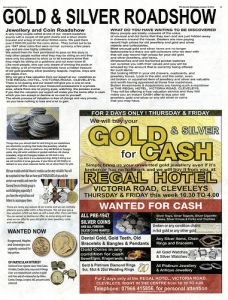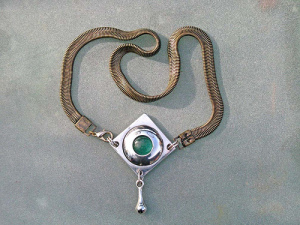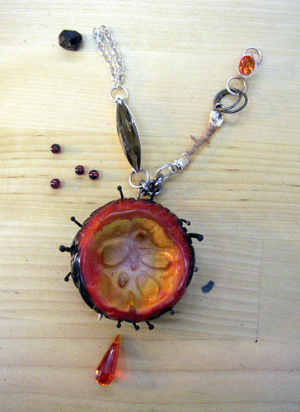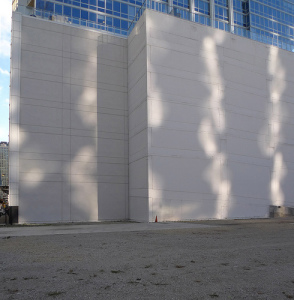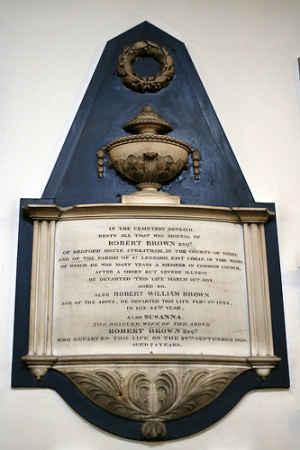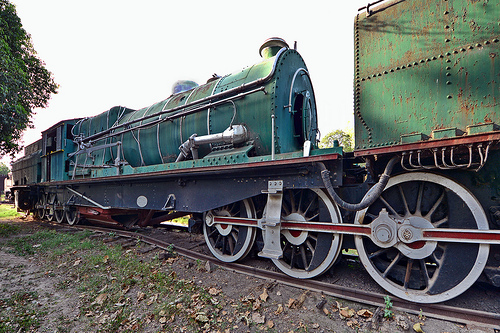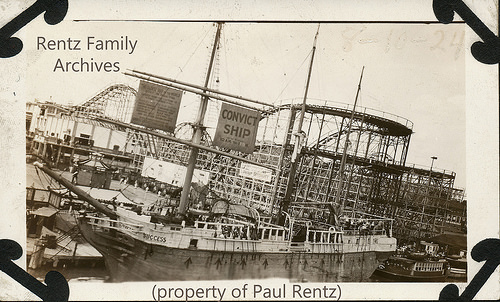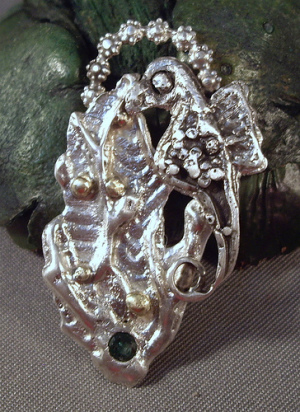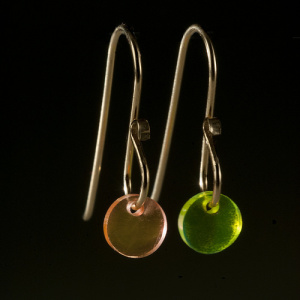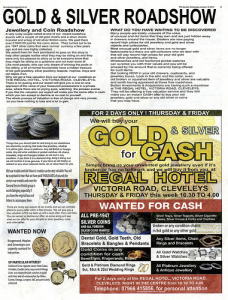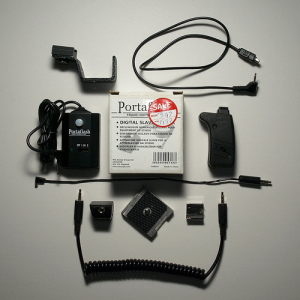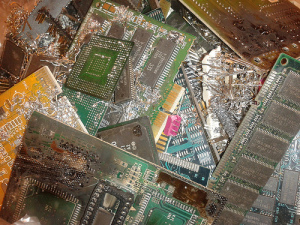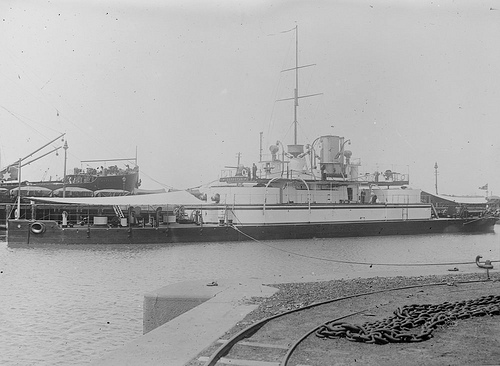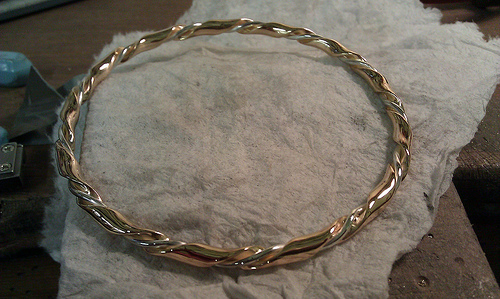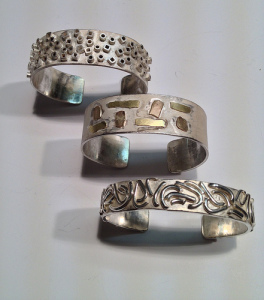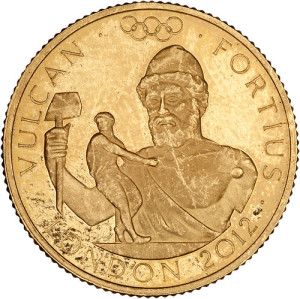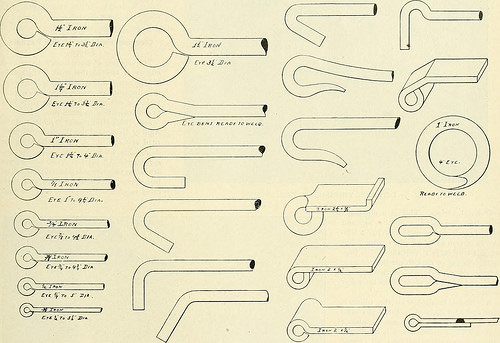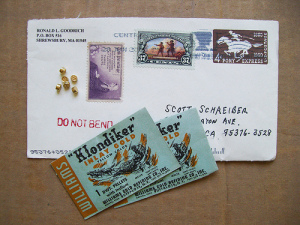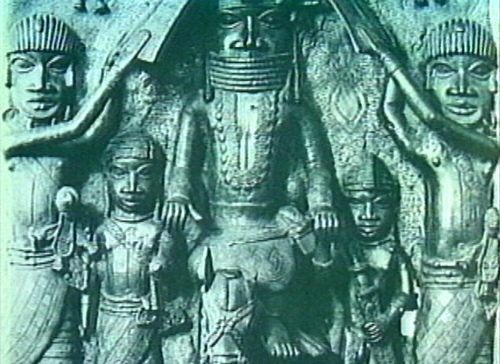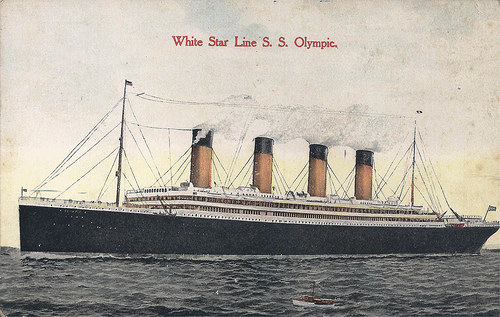Read More...
One reliability problem of tubes with oxide cathodes is the possibility that the cathode may slowly become "poisoned" by gas molecules from other elements in the tube, which reduce its ability to emit electrons. Trapped gases or slow gas leaks can also damage the cathode or cause plate (anode) current runaway due to ionization of free gas molecules. Vacuum hardness and proper selection of construction materials are the major influences on tube lifetime. Depending on the material, temperature and construction, the surface material of the cathode may also diffuse onto other elements. The resistive heaters that heat the cathodes may break in a manner similar to incandescent lamp filaments, but rarely do, since they operate at much lower temperatures than lamps. where to buy cheap LED Strip? Lightereryday is a good choice.
The heater's failure mode is typically a stress-related fracture of the tungsten wire or at a weld point and generally occurs after accruing many thermal (power on-off) cycles. Tungsten wire has a very low resistance when at room temperature. A negative temperature coefficient device, such as a thermistor, may be incorporated in the equipment's heater supply or a ramp-up circuit may be employed to allow the heater or filaments to reach operating temperature more gradually than if powered-up in a step-function. Low-cost radios had tubes with heaters connected in series, with a total voltage equal to that of the line (mains). Following World War II, tubes intended to be used in series heater strings were redesigned to all have the same ("controlled") warm-up time. Earlier designs had quite-different thermal time constants. The audio output stage, for instance, had a larger cathode, and warmed up more slowly than lower-powered tubes. The result was that heaters that warmed up faster also temporarily had higher resistance, because of their positive temperature coefficient. This disproportionate resistance caused them to temporarily operate with heater voltages well above their ratings, and shortened their life.
Another important reliability problem is caused by air leakage into the tube. Usually oxygen in the air reacts chemically with the hot filament or cathode, quickly ruining it. Designers developed tube designs that sealed reliably. This was why most tubes were constructed of glass. Metal alloys (such as Cunife and Fernico) and glasses had been developed for light bulbs that expanded and contracted in similar amounts, as temperature changed. These made it easy to construct an insulating envelope of glass, while passing connection wires through the glass to the electrodes.
When a vacuum tube is overloaded or operated past its design dissipation, its anode (plate) may glow red. In consumer equipment, a glowing plate is universally a sign of an overloaded tube. However, some large transmitting tubes are designed to operate with their anodes at red, orange, or in rare cases, white heat.
"Special quality" versions of standard tubes were often made, designed for improved performance in some respect, such as long life, low noise, mechanical ruggedness, low microphony, for applications where the tube will spend much of its time cut off, etc. The only way to know the particular features of a special quality part is by reading the data sheet. Names may reflect the standard name (12AU7==>12AU7A, its equivalent ECC82==>E82CC, etc.), or be absolutely anything (standard and special-quality equivalents of the same tube include 12AU7, ECC82, B329, CV491, E2163, E812CC, M8136, CV4003, 6067, VX7058, 5814A and 12AU7A).
The highest possible vacuum is desired in a tube. Remaining gas atoms will ionize and conduct electricity between the elements in an undesired manner. In a defective tube residual air pressure will lead to ionization, becoming visible as a pink-purple glow discharge between the tube elements. recommend directory: 5050 SMD Flexible Strip with waterproof 5 Meter 300LEDS.
To prevent gases from compromising the tube's vacuum, modern tubes are constructed with "getters", which are usually small, circular troughs filled with metals that oxidize quickly, barium being the most common. While the tube envelope is being evacuated, the internal parts except the getter are heated by RF induction heating to help free any remaining gases from the metal parts. The tube is then sealed and the getter is heated to a high temperature, again by radio frequency induction heating. This causes some material from the getter to evaporate, reacting with any residual gases and usually leaving a silver-colored metallic deposit on the inside of the envelope of the tube. The getter continues to absorb small amounts of gas that may leak into the tube during its working life. If a tube develops a serious leak in the envelope, this deposit turns a white color as it reacts with atmospheric oxygen. Large transmitting and specialized tubes often use more exotic getter materials, such as zirconium. Early gettered tubes used phosphorus based getters and these tubes are easily identifiable, as the phosphorus leaves a characteristic orange or rainbow deposit on the glass. The use of phosphorus was short-lived and was quickly replaced by the superior barium getters. Unlike the barium getters, the phosphorus did not absorb any further gases once it had fired.
Large transmitting tubes have carbonized tungsten filaments containing a small trace (1% to 2%) of thorium. An extremely thin (molecular) layer of thorium atoms forms on the outside of the wire's carbonized layer and, when heated, serve as an efficient source of electrons. The thorium slowly evaporates from the wire surface, while new thorium atoms diffuse to the surface to replace them. Such thoriated tungsten cathodes usually deliver lifetimes in the tens of thousands of hours. The end-of-life scenario for a thoriated-tungsten filament is when the carbonized layer has mostly been converted back into another form of tungsten carbide and emission begins to drop off rapidly; a complete loss of Thorium has never been found to be a factor in the end-of-life in a tube with this type of emitter. The highest reported tube life is held by an Eimac power tetrode used in a Los Angeles radio station's transmitter, which was removed from service after 80,000 hours (~9 years) of operation[citation needed]. It has been said[who?] that transmitters with vacuum tubes are better able to survive lightning strikes than transistor transmitters do. While it was commonly believed that at rf power levels above approx. 20 kilowatts, vacuum tubes were more efficient than solid state circuits, this is no longer the case especially in medium wave (AM broadcast) service where solid state transmitters at nearly all power levels have measurably higher efficiency. FM broadcast transmitters with solid state power amplifiers up to approx. 15 kW also show better overall mains-power efficiency than tube-based power amplifiers. recommend directory: 48cm 30LEDS SMD3528 LED Light Bar.
Related Posts
-
 Turn Your Scrap Gold Into Money
A highly valuable and precious metal, Gold has a lot of utilities other than
Turn Your Scrap Gold Into Money
A highly valuable and precious metal, Gold has a lot of utilities other than -
 Cash For Gold
Do you have what it takes to transform carats into liquid assets? Gold dealers
Cash For Gold
Do you have what it takes to transform carats into liquid assets? Gold dealers -
 Scrap Gold Buyers – An Overview
With the global financial crisis hovering over, people are looking for many ways to
Scrap Gold Buyers – An Overview
With the global financial crisis hovering over, people are looking for many ways to -
 Get The Best Price For Your Scrap Gold
The price of gold goes up when the demand for it is high. You
Get The Best Price For Your Scrap Gold
The price of gold goes up when the demand for it is high. You -
 What is Scrap Gold? How To Fruitfully Market This Material
Most people are not conscious that one of the most engrossing areas of bullion
What is Scrap Gold? How To Fruitfully Market This Material
Most people are not conscious that one of the most engrossing areas of bullion -
 How to sell Scrap Gold to get the maximum benefit?
Gold is a precious metal and getting tremendous importance from ancient time. Gold purchase
How to sell Scrap Gold to get the maximum benefit?
Gold is a precious metal and getting tremendous importance from ancient time. Gold purchase -
 Scrap Gold Buyers – An Overview
With the global financial crisis hovering over, people are looking for many ways to
Scrap Gold Buyers – An Overview
With the global financial crisis hovering over, people are looking for many ways to -
 Portland Gold Buyers Commodity
To sell gold to Portland gold buyers a person must understand how the system
Portland Gold Buyers Commodity
To sell gold to Portland gold buyers a person must understand how the system


